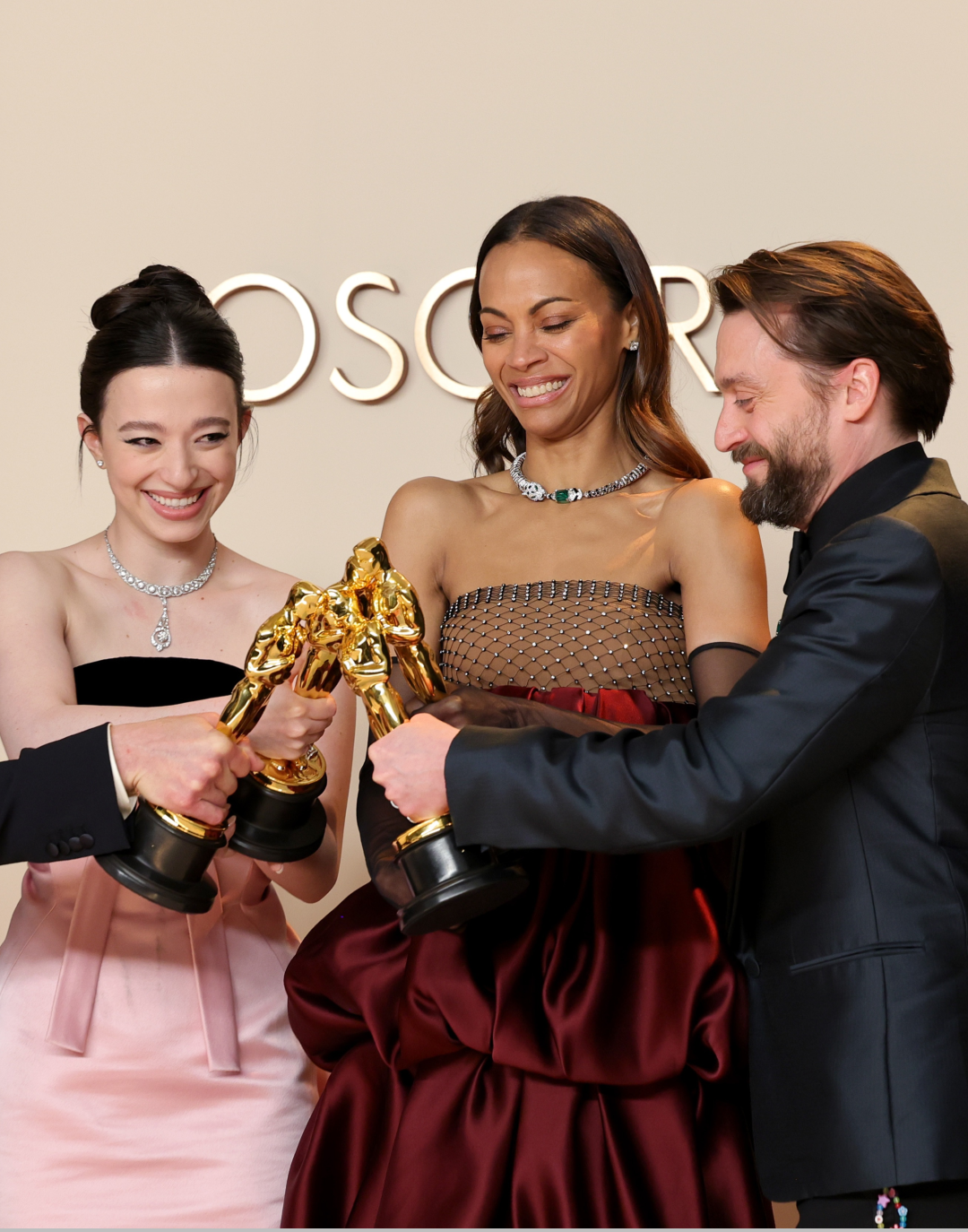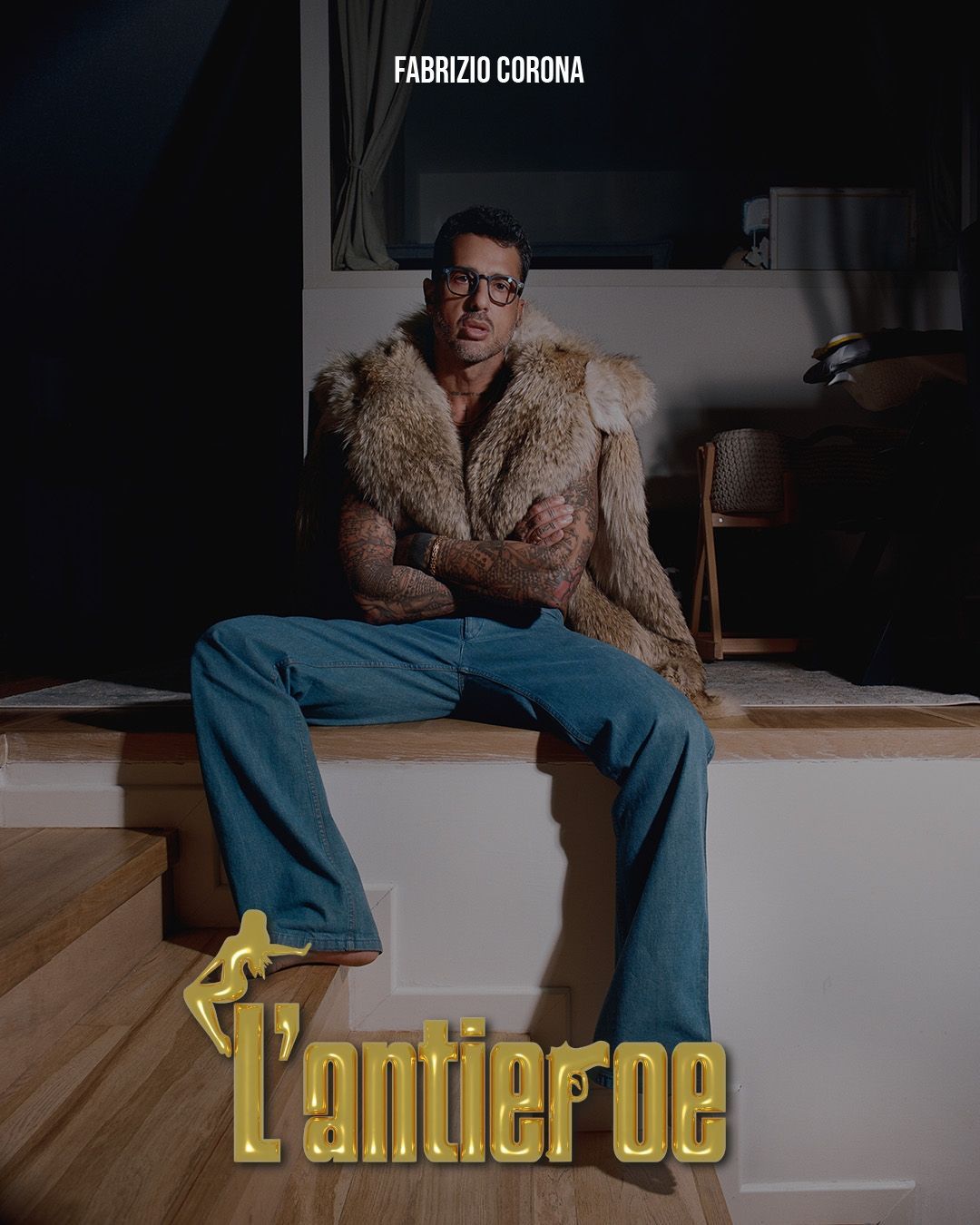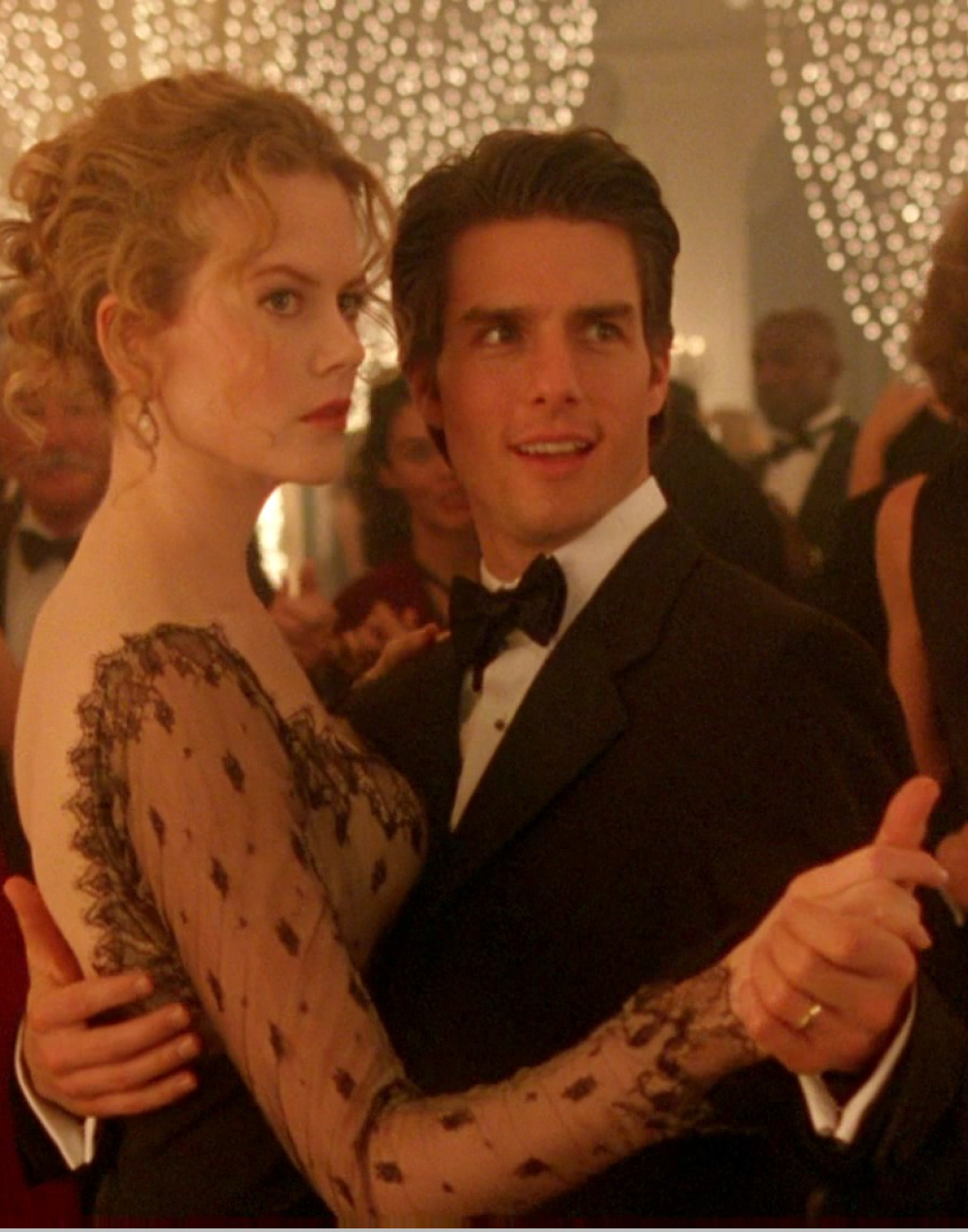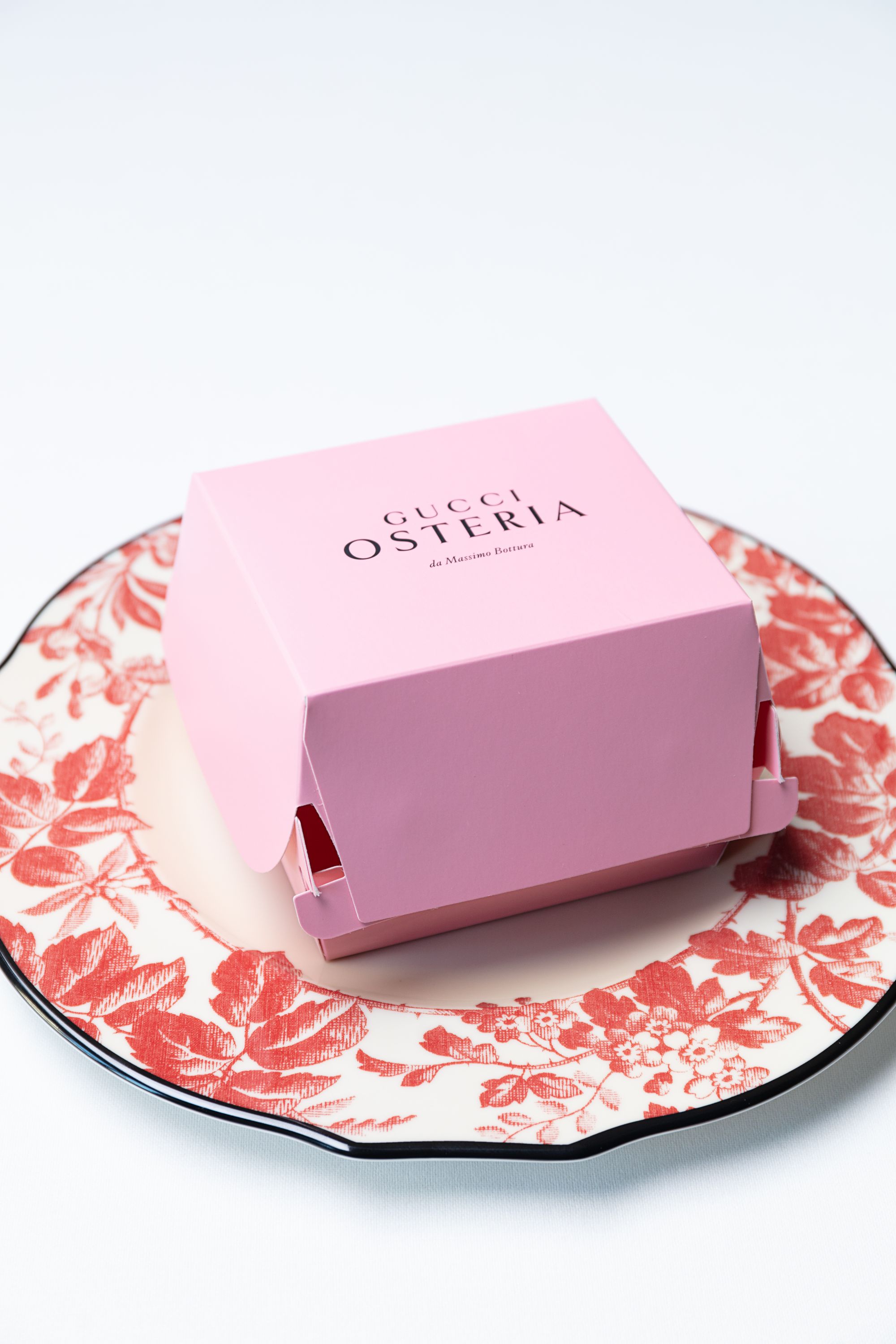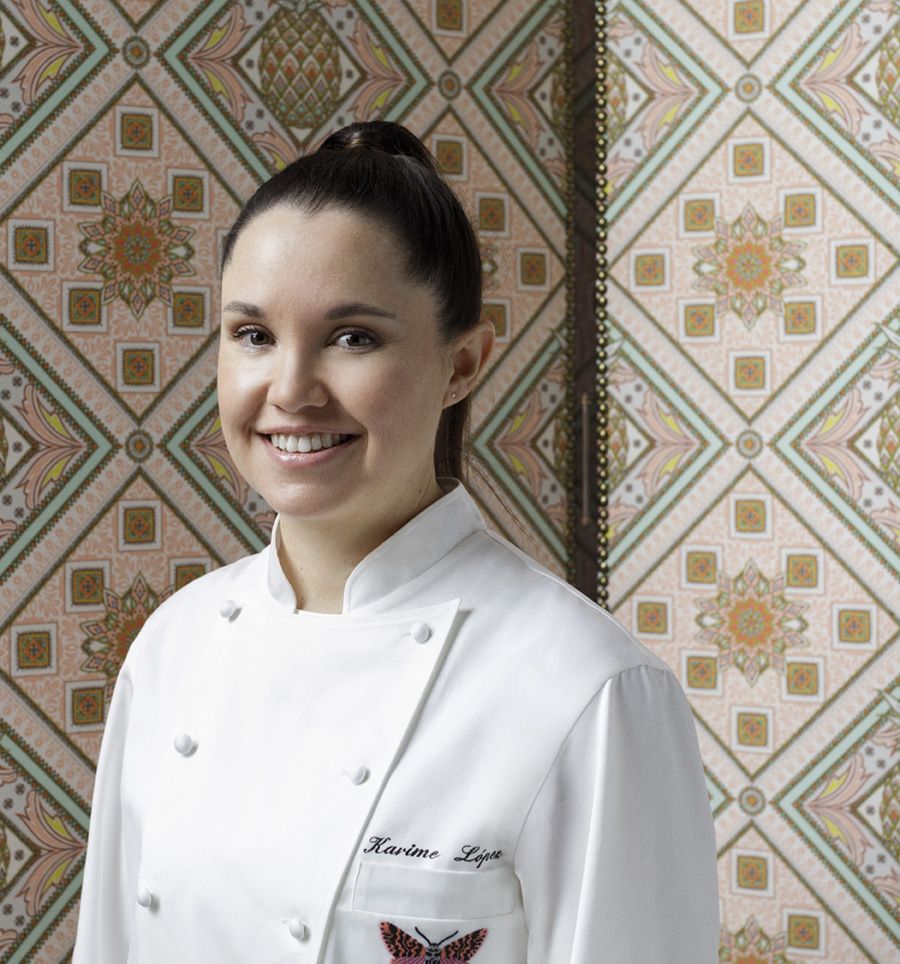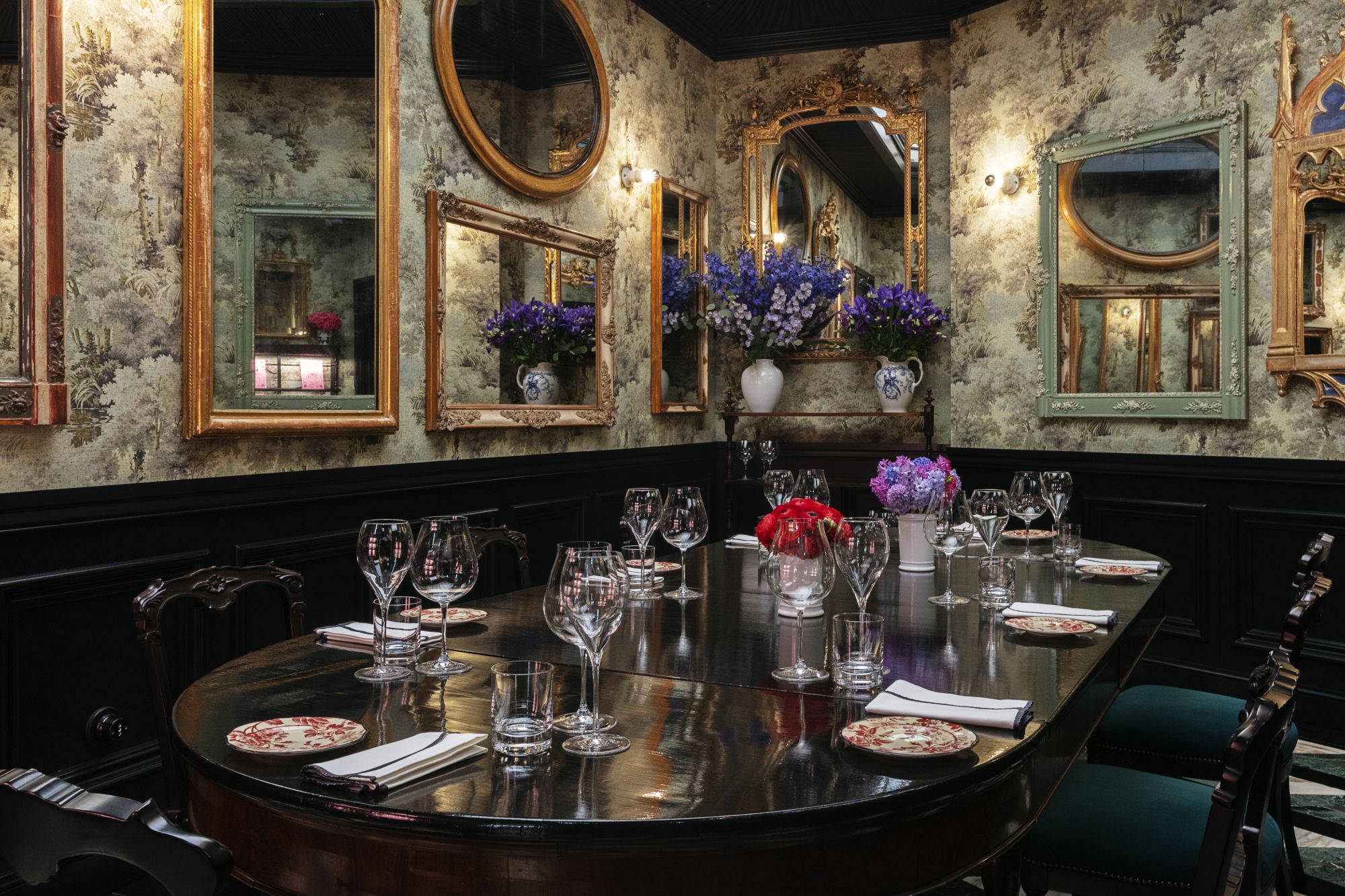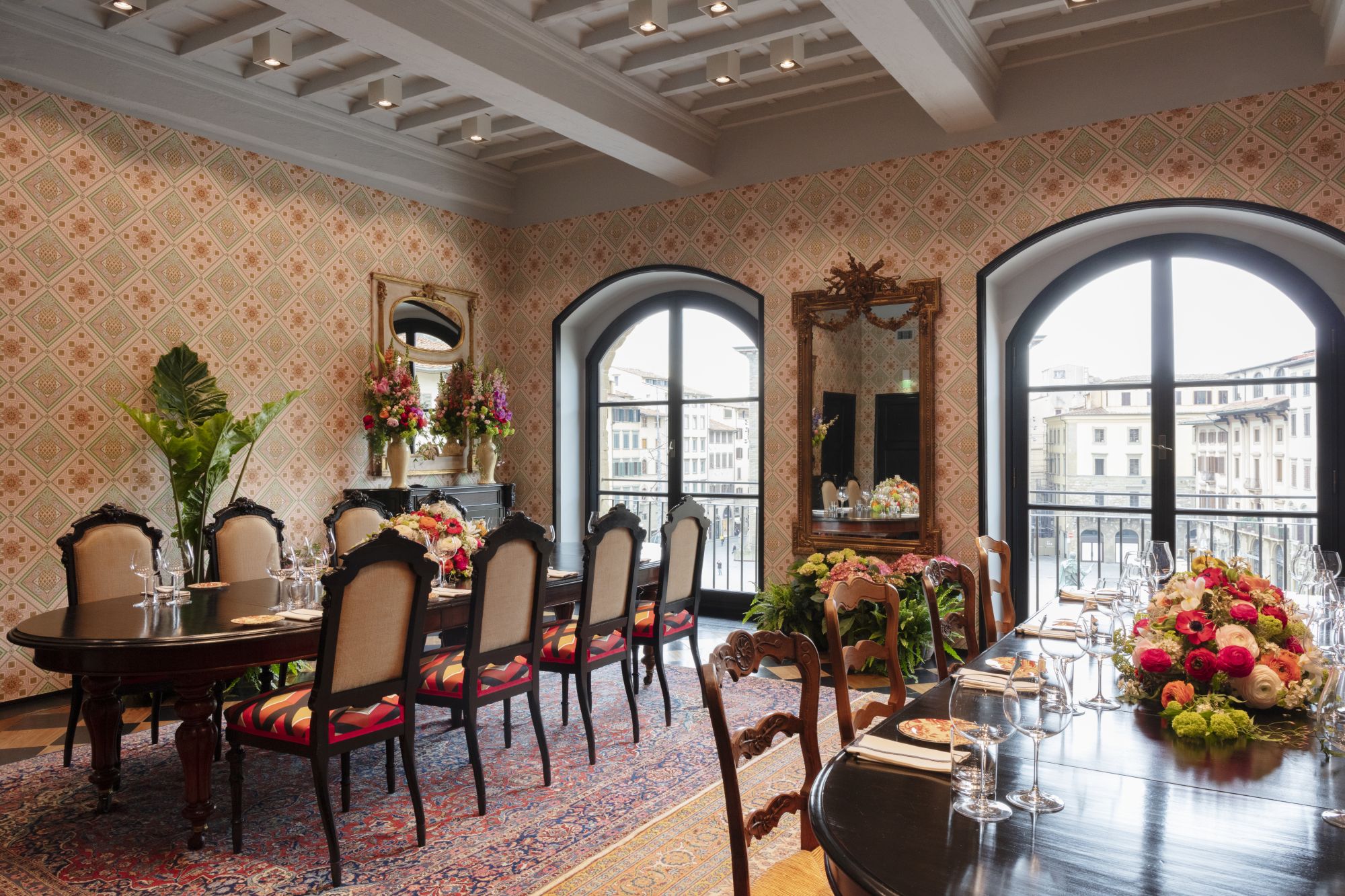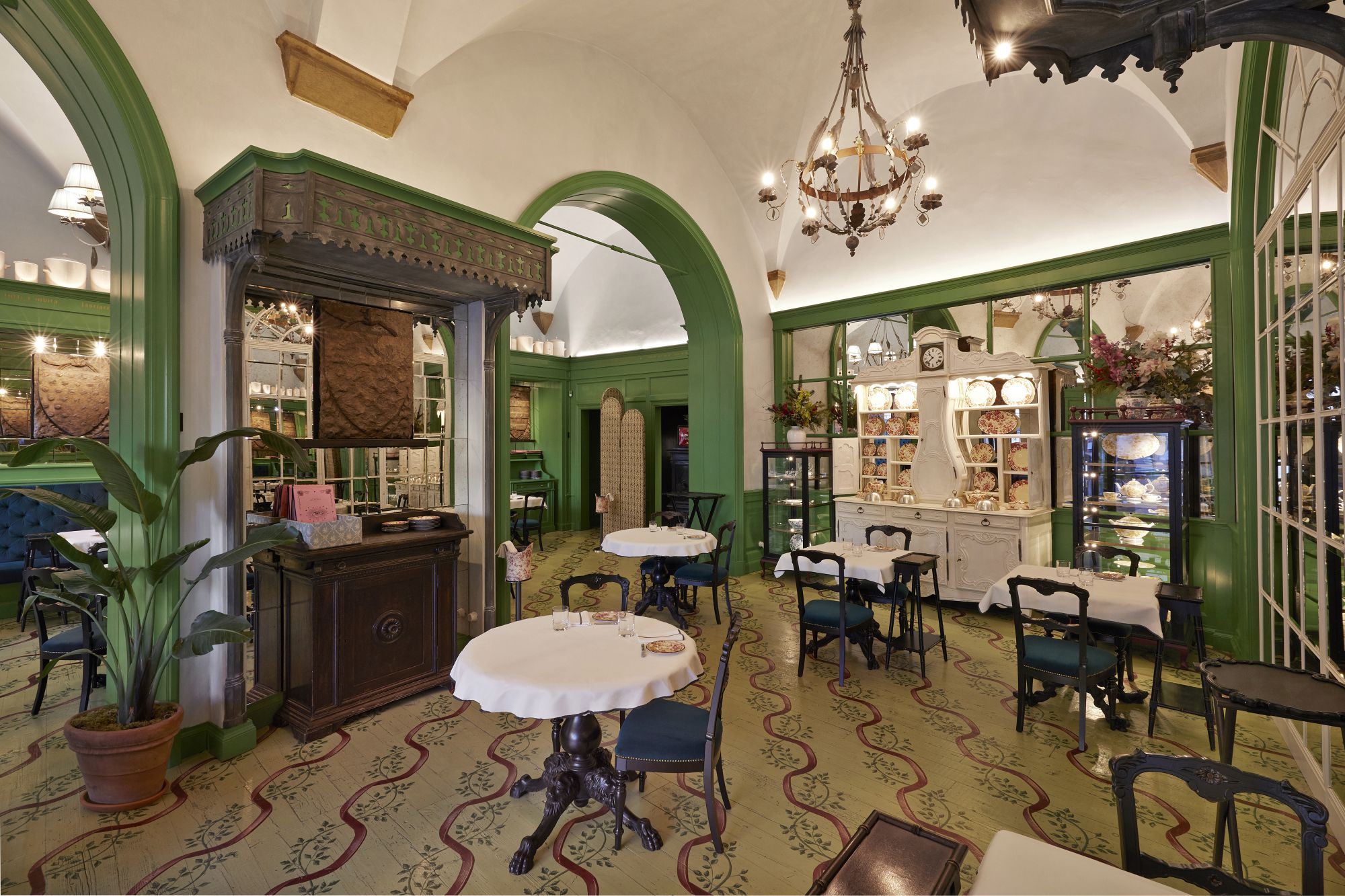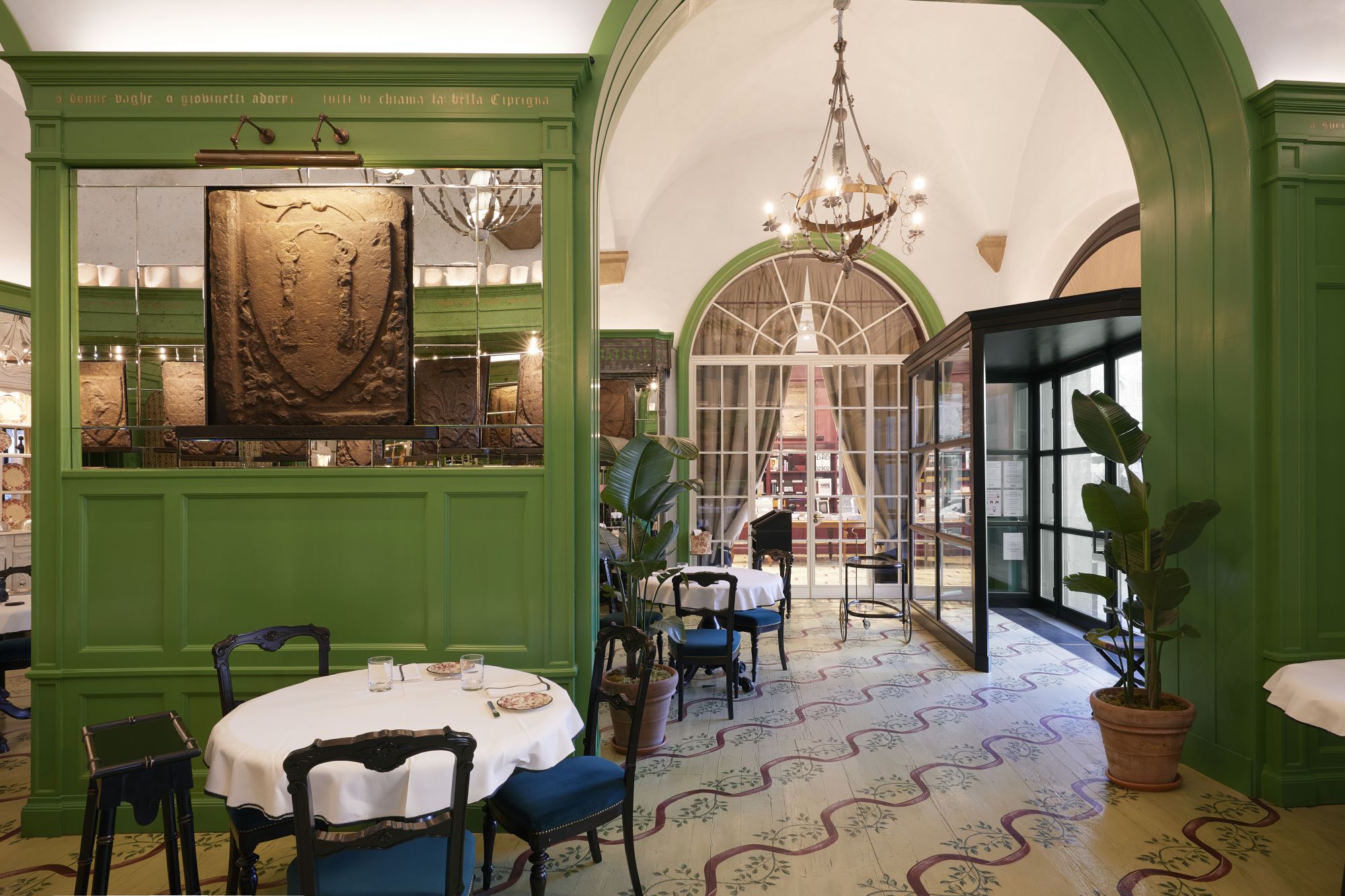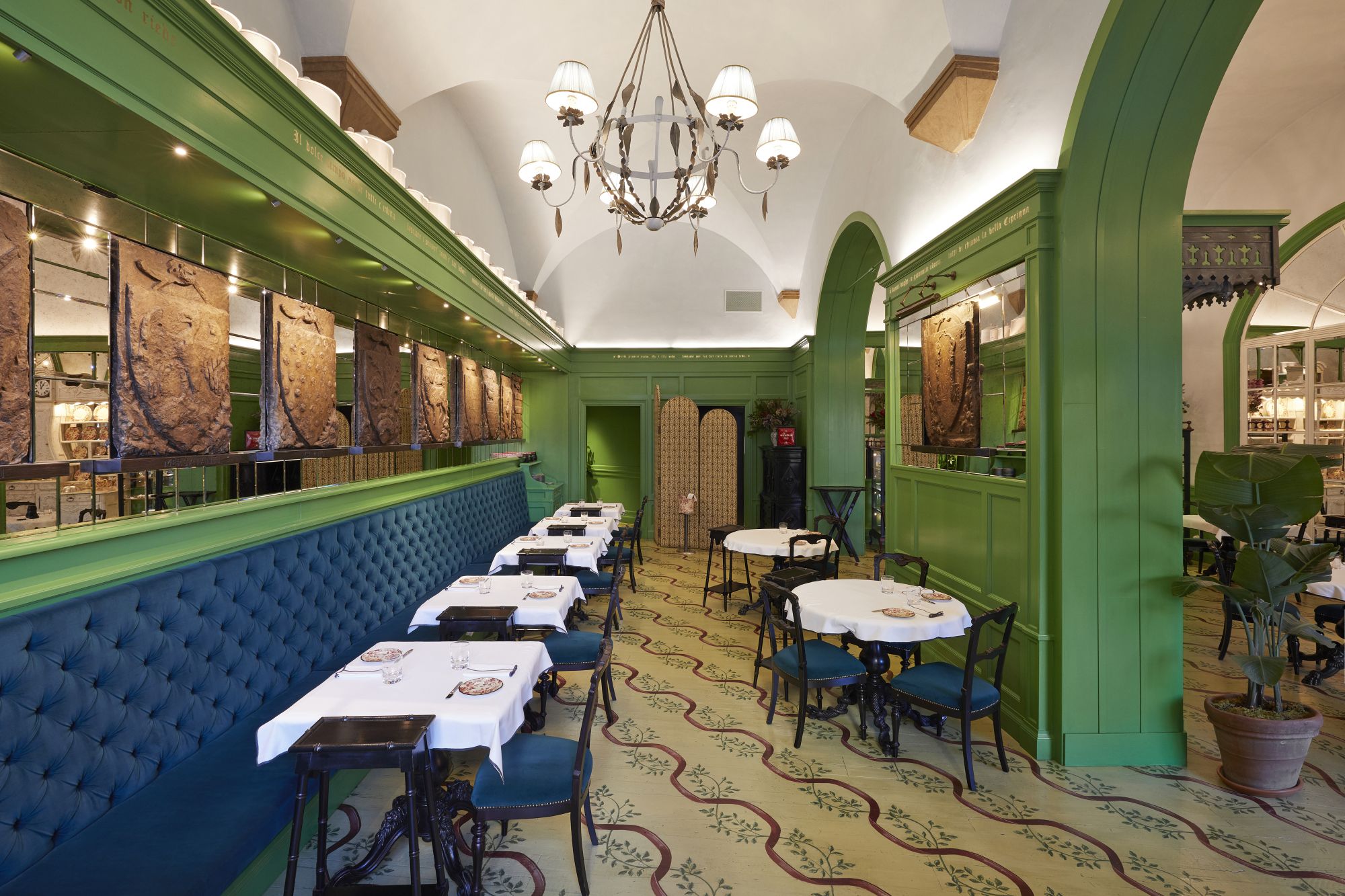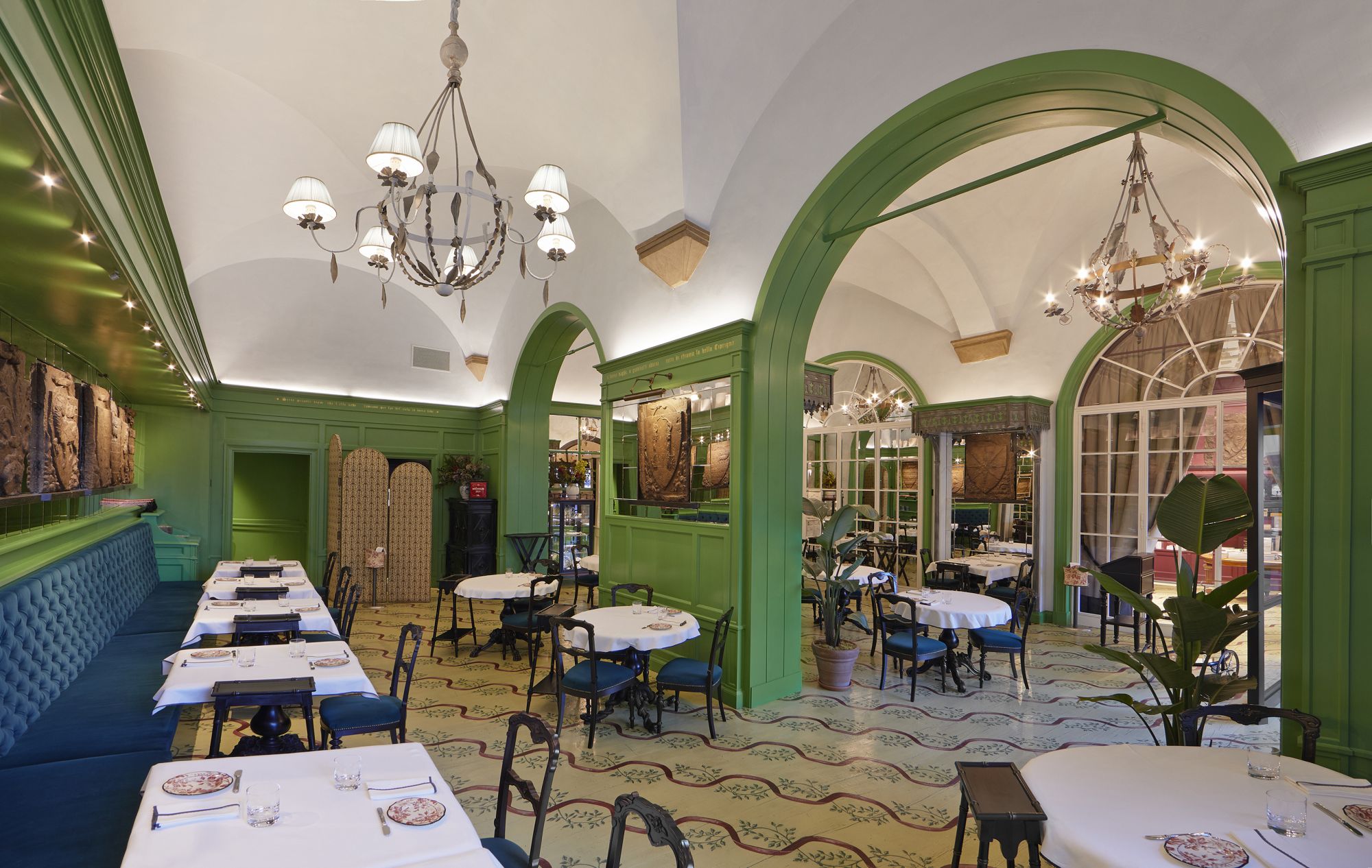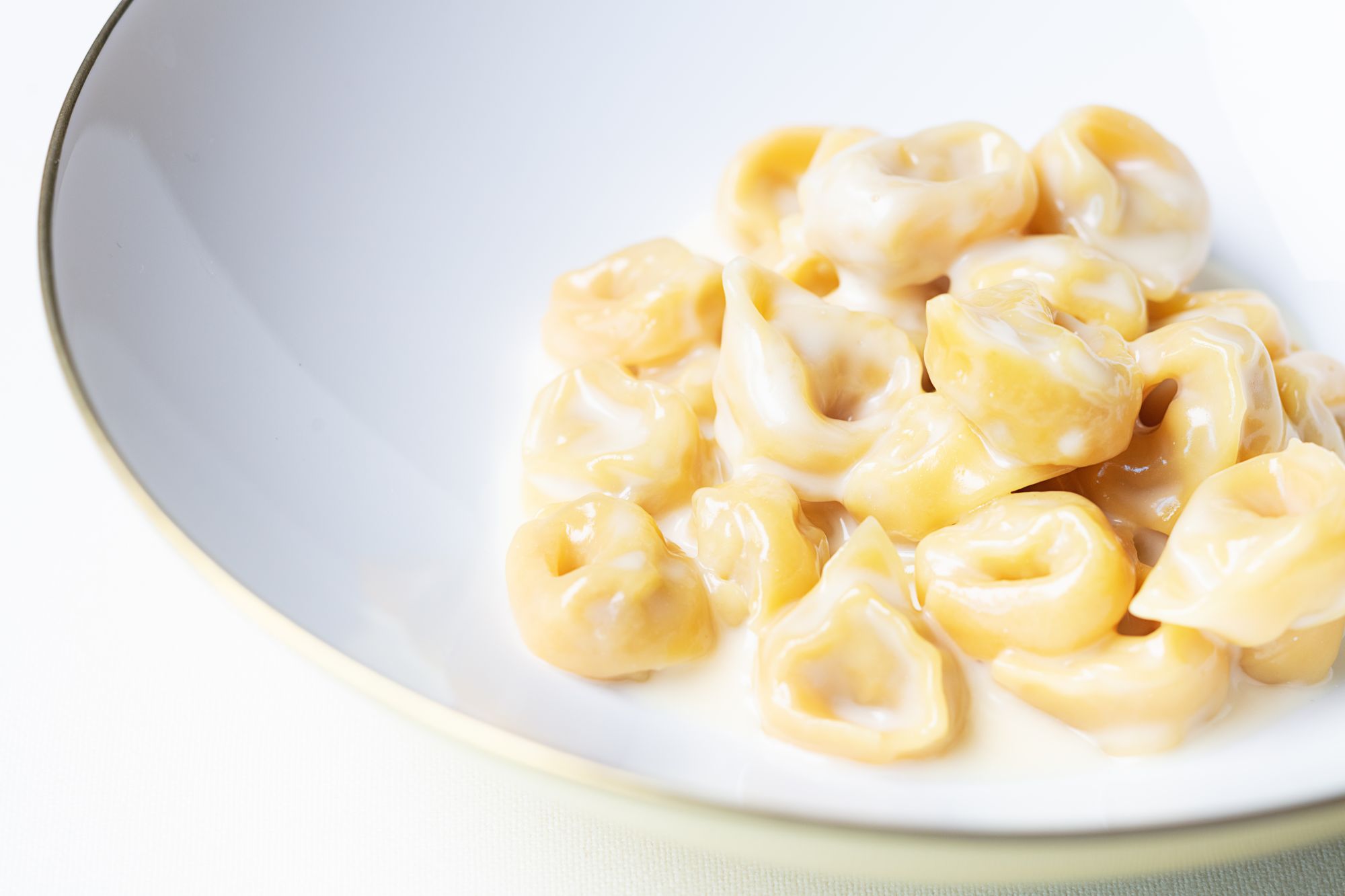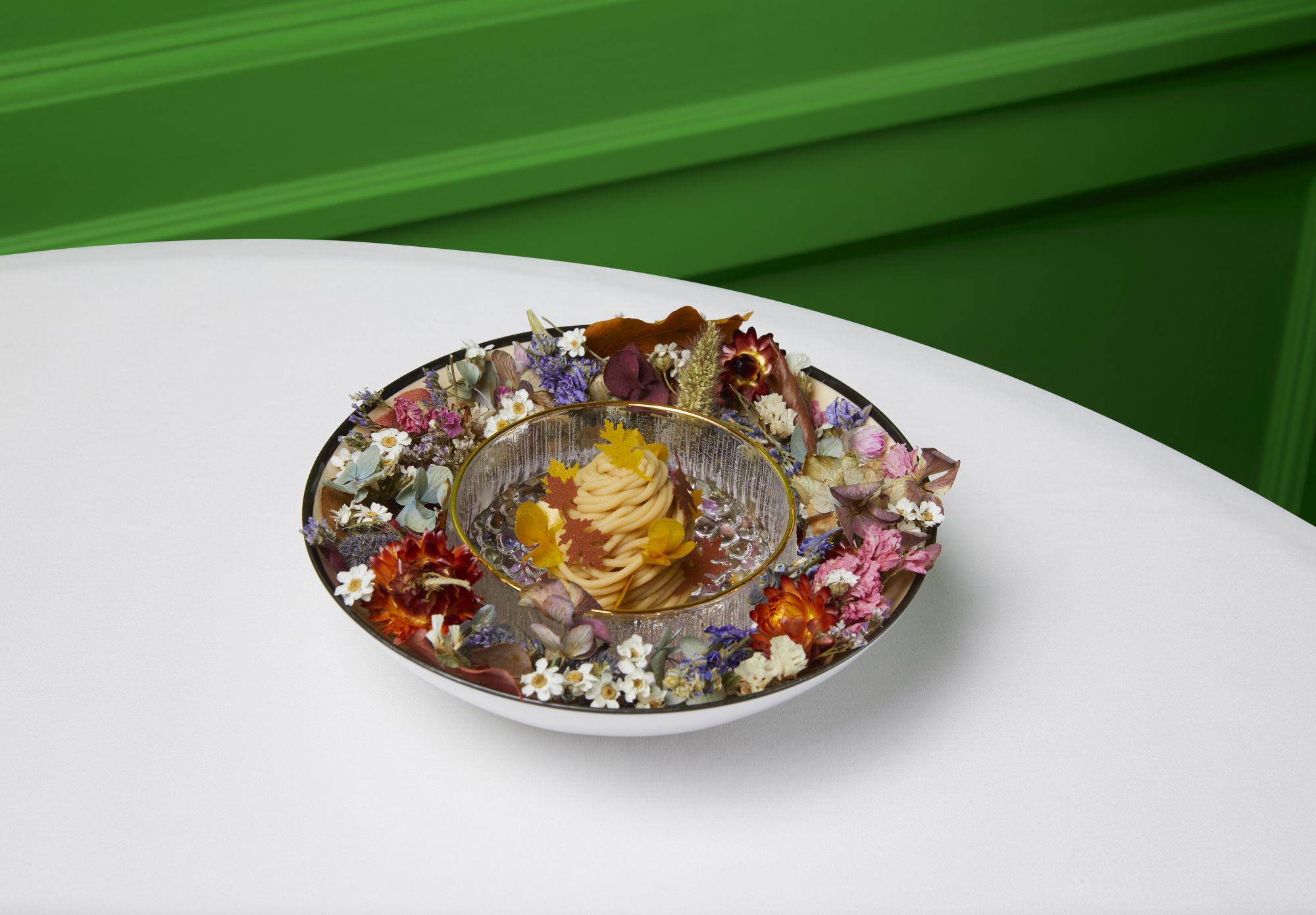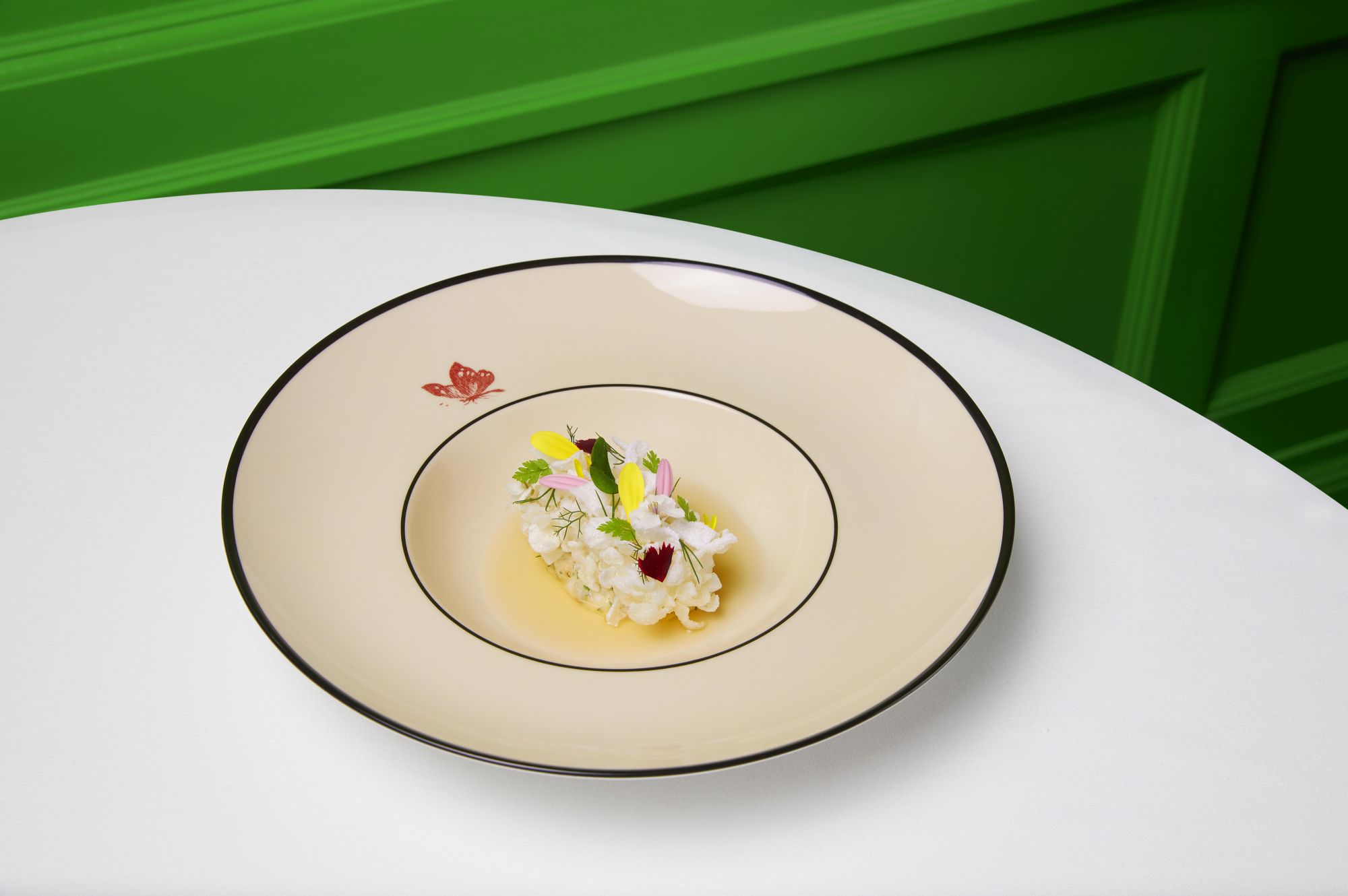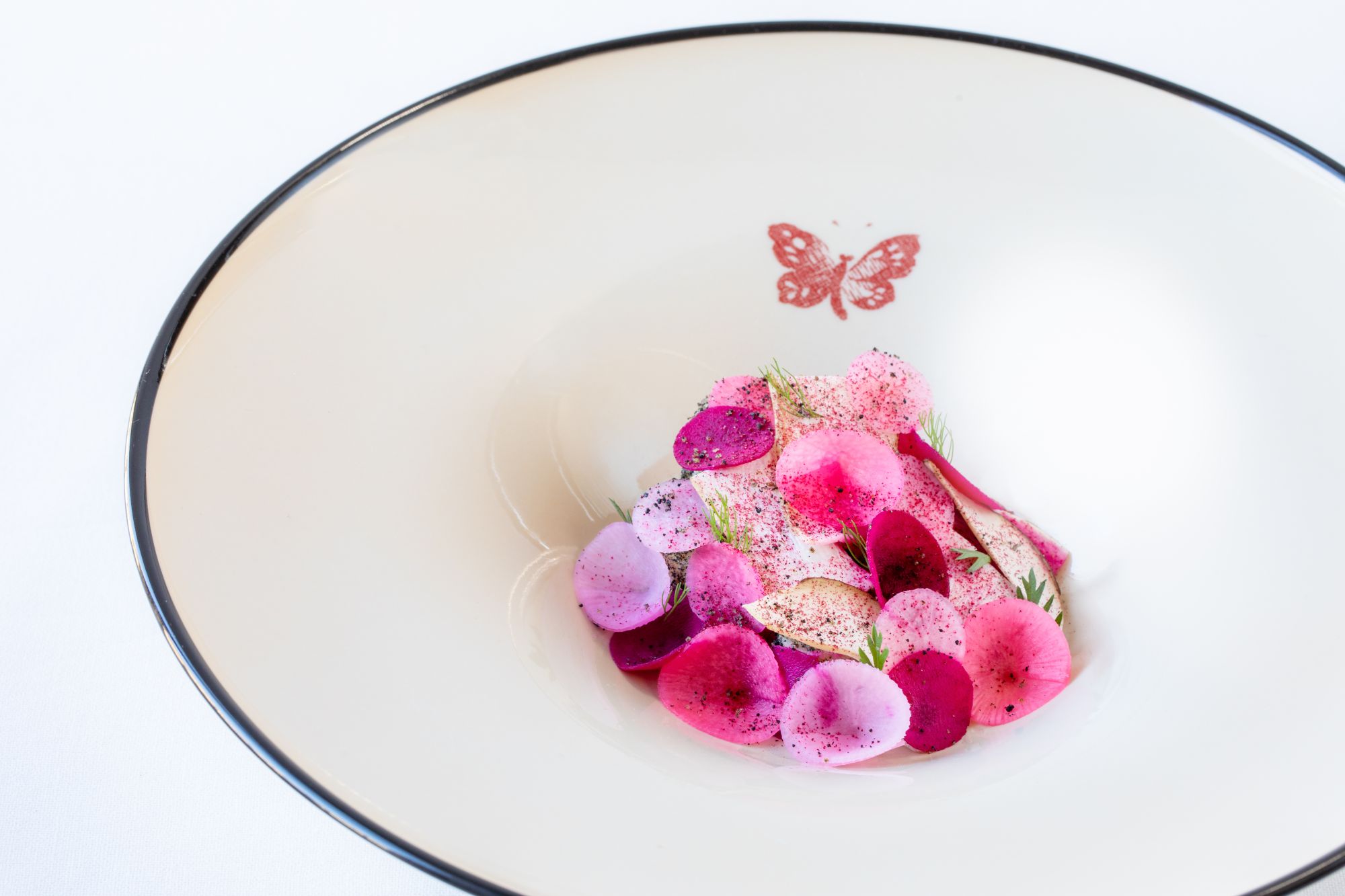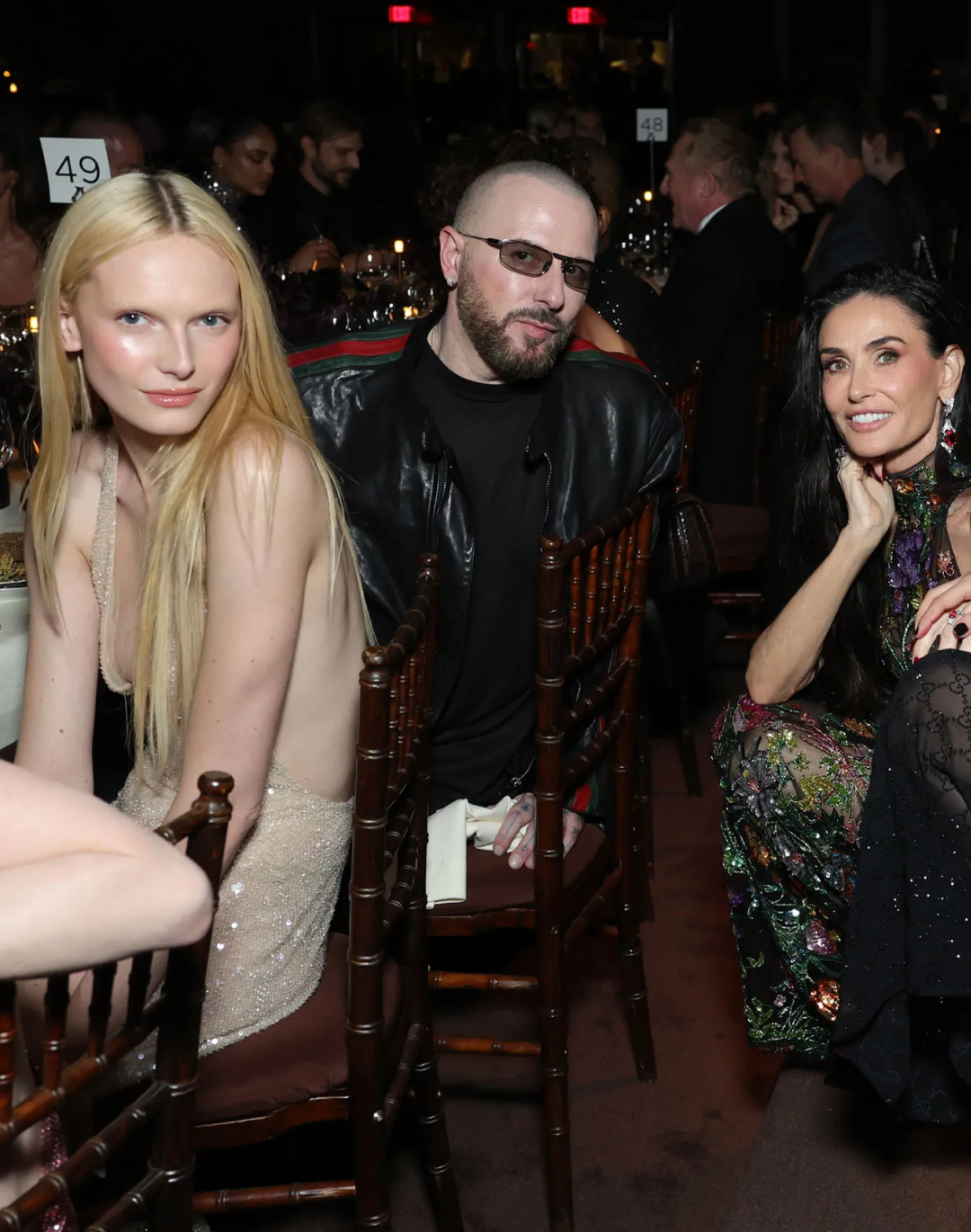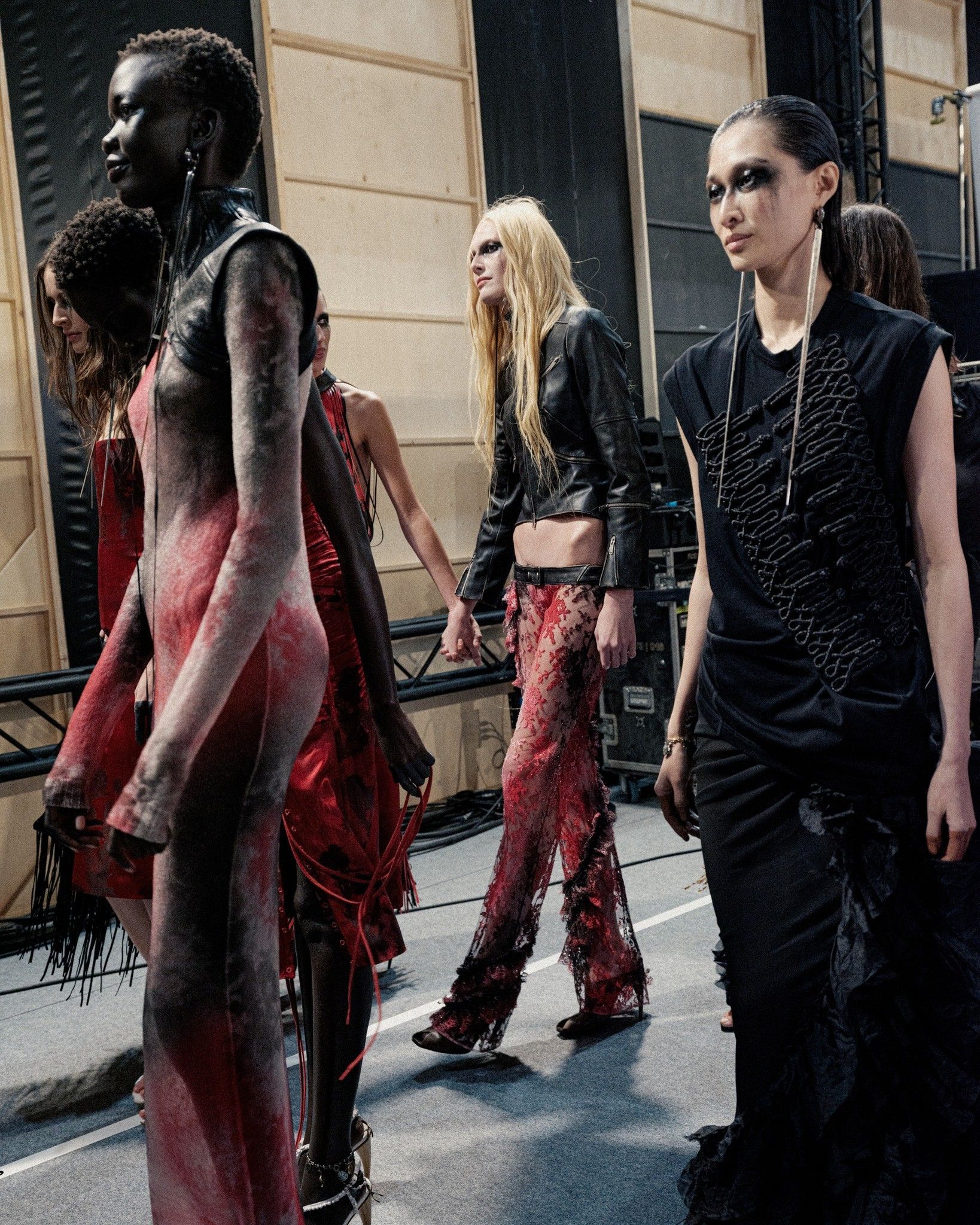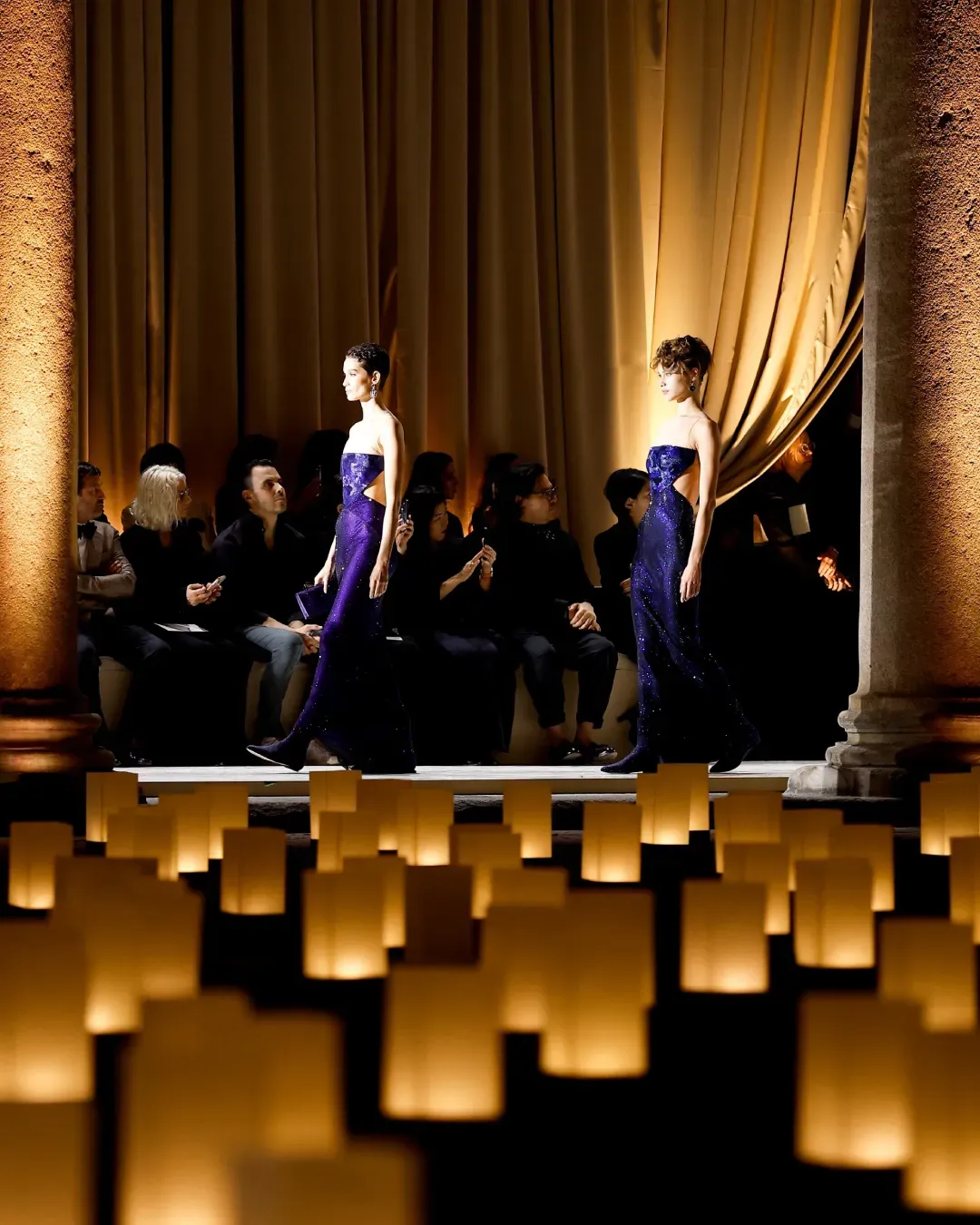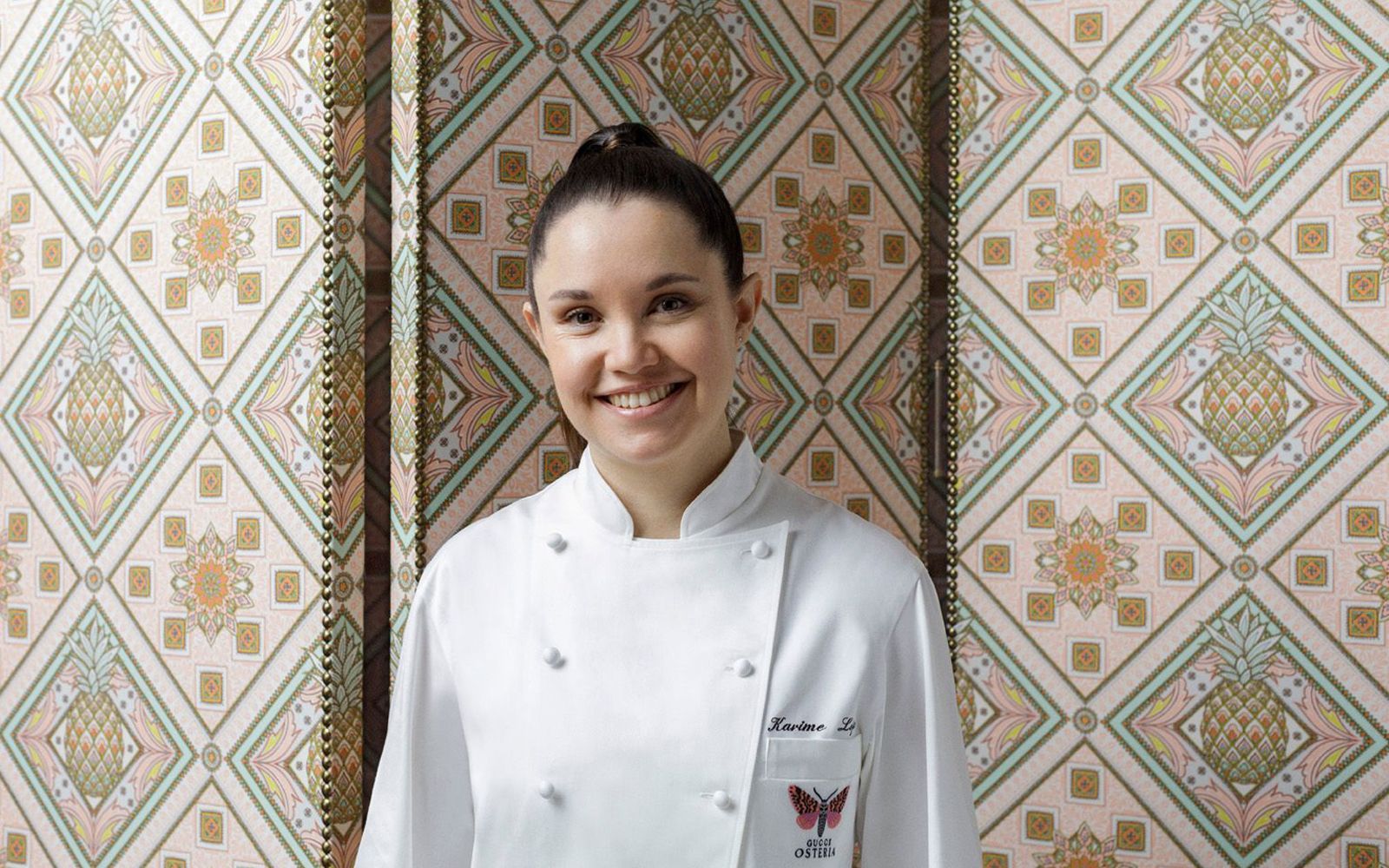
The Gucci aesthetic served up on the table Interview with Karime Lopez, Chef of the restaurant Gucci Osteria
On 9 January 2018, when the cooker at Gucci Osteria da Massimo Bottura was lit for the first time, she was ruling it, Karime Lopez, born in 1982, the first Mexican woman chef to receive a Michelin star. If on the catwalk the maximalist and dreamlike aesthetic of the historic Italian brand is transposed through the lens of Creative Director Alessandro Michele, after meeting chef Karime Lopez, it was evident that the same magic that characterises Gucci's aesthetic has been translated into the kitchen, where each member of the team wears a pair of black runners designed by Alessandro Michele and shares his same inclusive, curious and passionate philosophy.
Perhaps the most striking thing about the chef is her collected and focused demeanour, radiating calm and order as soon as she enters the room, the energy of someone who has embarked on a lifelong journey in search of unique cultures where food was an integral part of the experience. His important 5-year sous chef stint at Central in Lima, Peru, with Virgilio Martinez, was just the latest in a series of stops: Can Fabes in Catalonia - where he trained as a chef - Mugaritz in San Sebastian, Noma in Denmark, Pujol in Mexico City, RyuGin in Tokyo. Finally, the Osteria Francescana, where she arrived partly because in the meantime she had married Takahiko Kondo, Bottura's sous chef. Her passion for food stems from a mix of travels and growing up cooking in her family, alongside her mother, reminiscences shared through a menu in which the recipes are enriched by the contribution of a multicultural team, cooks who travel together and learn from each other, bringing an international perspective to each dish.
«As an example - she says - a Venezuelan chef might bring arepas to work one day and the Italian chef will say 'hey I have an idea on how to cook them': Gucci is truly exemplary in supporting the learning and growth of its staff.» Most chefs are not used to working in corporate environments, but Lopez praises Gucci's ability to listen and adapt to what its creatives need to do what they do best. Inspired by the speed with which the brand's design teams are able to put together collections, the chef makes sure to look at each show online, picking up on images and colours that can inspire her in her dishes: "Of course we're inspired by Alessandro, he's amazing, a creative and wonderful person, his ideas apply to all ages, a concept that also applies to food.» This is also why, in the kitchen, the imprint of the Creative Director is present, if only in the uniforms of the staff: «The Gucci Run trainers are so comfortable that we use them all the time now.»
The Osteria's menu is not simply a mix of methods and ingredients, but a veritable tapestry of the Chef's culinary adventures and those of her staff, a mix that has earned the chef, the crew and the Osteria in Florence their first Michelin star in 2020. A success that also passes through the city chosen to host the restaurant, described by Lopez as "a Renaissance city" where «everyone has come to exchange products, languages and ideas and that's what we want to do in the restaurant». That's why at Gucci Osteria you won't find a particular tone or ingredient, but an ever-evolving menu that explores all the senses, using only what's available, in season and at the peak of maturity. Prior to Covid, the kitchen even had a local binder looking for local wild ingredients to use for the week, giving the team the opportunity to improvise, always pushing their own creativity while working within the confines of what's available. Sustainability and creativity are important themes for the restaurant, but so is luxury: «The exclusivity is in the way the raw material is treated, prepared and brought to the peak of freshness. The concept we came up with is "Travel with us around the world" and was born from this need for human contact, from the idea of reawakening ancient memories. We were closed for two years. We know that after all this there is a need for human contact. We wanted each dish to be a different memory, and of course one of those memories that I want people to leave with is Mexico because it's in my heart.»


















